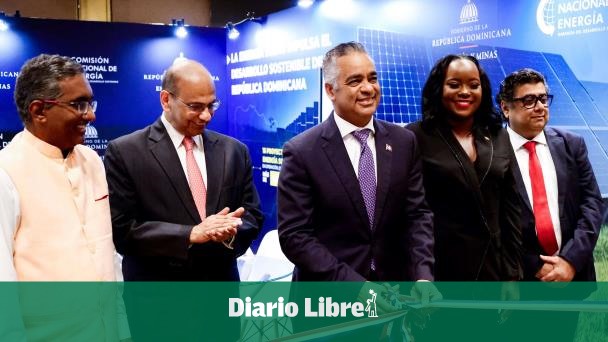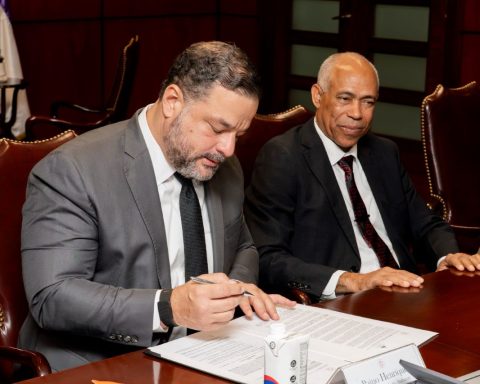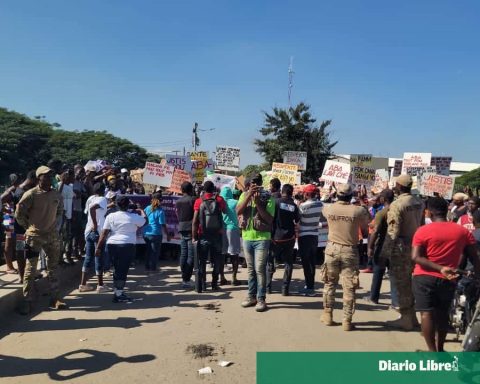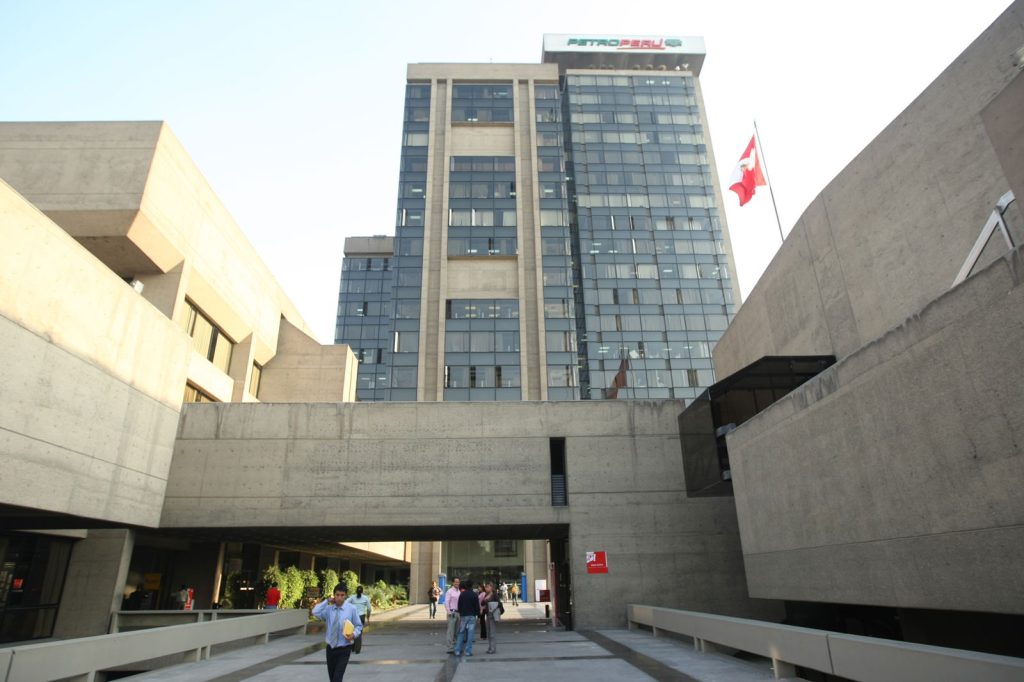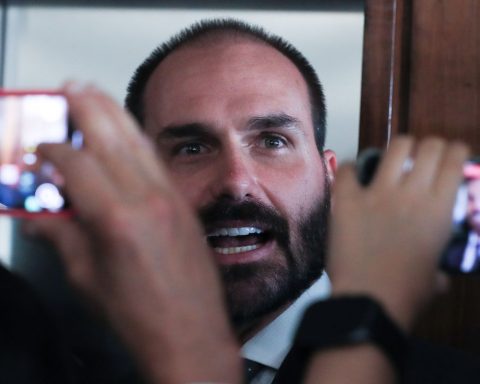At present, the Dominican Republic is working on the installation of 27 infrastructures renewable energy which, taken together, will contribute 1,567.47 megawatts to the National Interconnected Electric System (SENI).
These works are part of the country’s efforts to ensure that renewable energies contribute 25% of the total energy demand by 2025, the Minister of Energy and Mines reported, Joel Santos Echavarria.
Of these facilities, there are seven power plants which are already operational and add 1,229.65 megawatts to the system, added the head of the institution.
Attending the Sixth Meeting of the Regional Committee of the International Solar Alliance (ISAfor its acronym in English), indicated that the country contributes with the ISA in the implementation of new technologies that diversify the solutions of sustainable energyas:
- Solar water pumping systems
- Floating solar projects
- Installation of solar panels in government institutions
“Dominican Republic is determined to be a reference in the transition towards renewable energy in Latin America and the Caribbean,” he said, acknowledging that although the country faces significant challenges in the energy sectorhas a strategic geographical location and vast natural resources of sun, water and wind.
Transmission and storage
Santos Echavarría indicated that Greater investments are needed to promote improvements in energy transmission and, in the case of renewables, incorporate more batteries for storage.
“With the aim of being able to integrate the renewable energies “At peak times, battery technology would be needed. 30% of installed capacity is required to have them, with the aim of strengthening energy production at peak times,” he told reporters.
He recalled that the Dominican Government has prepared a strategic plan for the energy sectorwhich estimates the state investment of 300 million dollars annually starting in 2025 to strengthen the country’s distribution networks, which would contribute, along with other measures, to reducing the blackouts in the coming years.
Joint work
Within the framework of the activity, which was attended by delegates and experts from renewable energies from more than twenty countries, the Minister of Climate Resilience, Environment and Renewable Energy from Granada, Kerryne James, urged joint work to generate energy solutions sustainable.
He indicated that Latin America and the Caribbean have, as their objective, the use of 100% of the solar energy that they produce by 2035.
However, he recalled that the region still faces challenges such as climate changeand a higher incidence of hurricanes in the Caribbean countries, making it crucial for the area to generate renewable infrastructures safe and resilient to these natural phenomena.
“We have to rebuild ourselves more strong, more resilient and better,” he said.
For his part, the general director of the ISAAjay Mathur said he hopes more countries will take an interest in the generation of solar energyand collaborate to generate more innovation, collaboration and investment.
“We have seen a great interest in many of the countries in this region to develop large-scale solar plants and this speaks to the great potential of the solar energy and which this region can enjoy,” he said.
He expressed his desire to continue collaborating with the Dominican Republic in the development of more photovoltaic projects.
